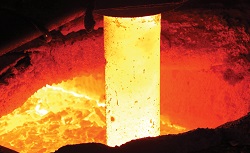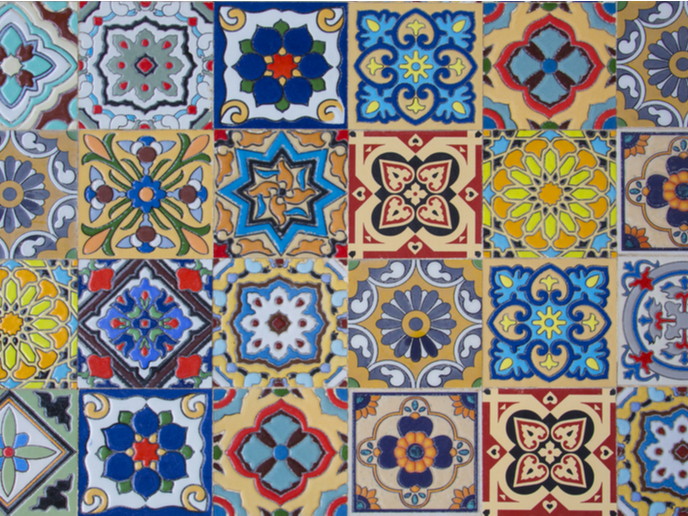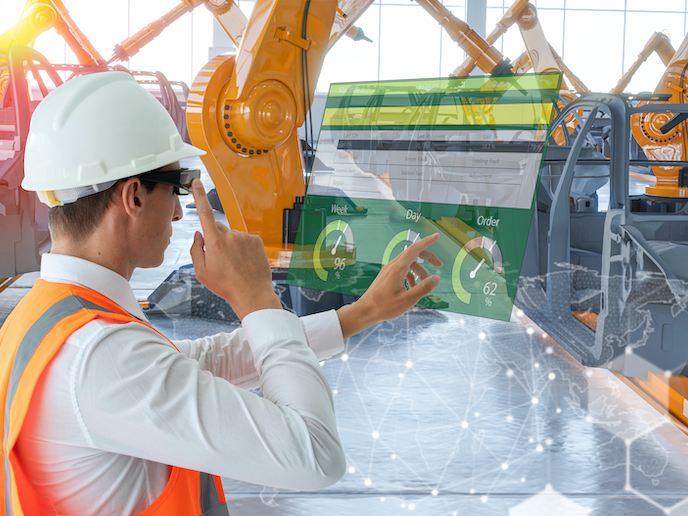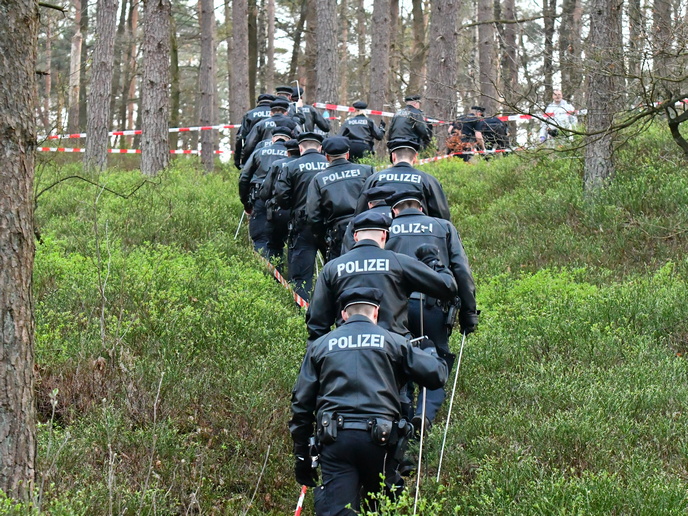Applying nonlinear modelling to strengthen the steel sector
Accurately modelling how thermal shock resistant materials will perform in harsh industrial conditions could save manufacturers money and increase safety. A breakthrough in this field has been achieved by bringing together academics specialised in modelling the nonlinear behaviour of materials and an industry leader in the production of refractories (materials that maintain strength at high temperatures) for steel, glass and foundry industries. ‘The outcome of this project has the potential to enhance the economic and environmental performance of the steel sector,’ explains HOTBRICKS project coordinator Dr Francesco Dal Corso, Assistant Professor of Solid and Structural Mechanics at the University of Trento in Italy. ‘A team of highly qualified professionals has now been trained and equipped with a range of technical competencies and practical skills, which will make an immediate impact in the field and fill the skills gap often identified among academia and industry.’ Understanding material behaviour Nonlinear solid mechanics is the study of how materials behave under pressures, temperature changes and other loading conditions. Understanding this is critical in the design of devices used in advanced mechanical applications, particularly where extreme loading conditions are involved. Many applications of nonlinear solid mechanics involve aerospace engineering and robotics for example, and in industrial processes that involve metal forming or ceramics. Rock-like materials, called geomaterials, are a broad class of materials including rock, concrete, soil and ceramic. These materials are of great engineering interest, since they are used in many industrial purposes, like shock and vibration absorbers, fire protection, thermal barriers and of course refractory products. Their high melting temperature and the great thermal and chemical stability make such materials ideal for high-temperature applications, such as work with molten steel and iron. ‘The goal of this project has been to bring nonlinear modelling closer to industry in order to achieve mechanical designs that deliver superior performances,’ says Dal Corso. ‘Advances in high-temperature industrial applications using geomaterials can only be achieved through nonlinear modelling of complex production processes.’ Next generation expertise The HOTBRICKS research programme, launched in September 2013, brought together academia (University of Trento) and industry (Vesuvius) in order to employ nonlinear solid mechanics in the design of refractories for liquid steel applications. Together, the team has expertise in modelling, numerical simulation, experimental analysis, material characterisation and design optimisation. ‘Our objective here was to grow a new generation of young researchers in a multidisciplinary and intersectoral environment,’ says Dal Corso. The key success of the project has been precise modelling of the mechanical behaviour of refractory materials at high-temperature, leading to a new way of optimising the design of devices involved in high-temperature applications. ‘The research results represent not only an advance in scientific knowledge but also a step forward in the mechanical design of refractory components manufactured by industry,’ notes Dal Corso. Since official completion of the project at the end of August 2017, new design methods for high-temperature applications have been developed and are currently being exploited by the project’s industrial partner Vesuvius. The Belgian firm is using the collaborative expertise to increase safety, reduce material and energy waste and cut environmental pollution in manufacturing processes. ‘Results from the project will also enable Vesuvius to implement appropriate processes and technologies more sustainably, cost-effectively and faster,’ adds Dal Corso.
Keywords
HOTBRICKS, industry, steel refractory, materials, waste, Vesuvius, geomaterials







